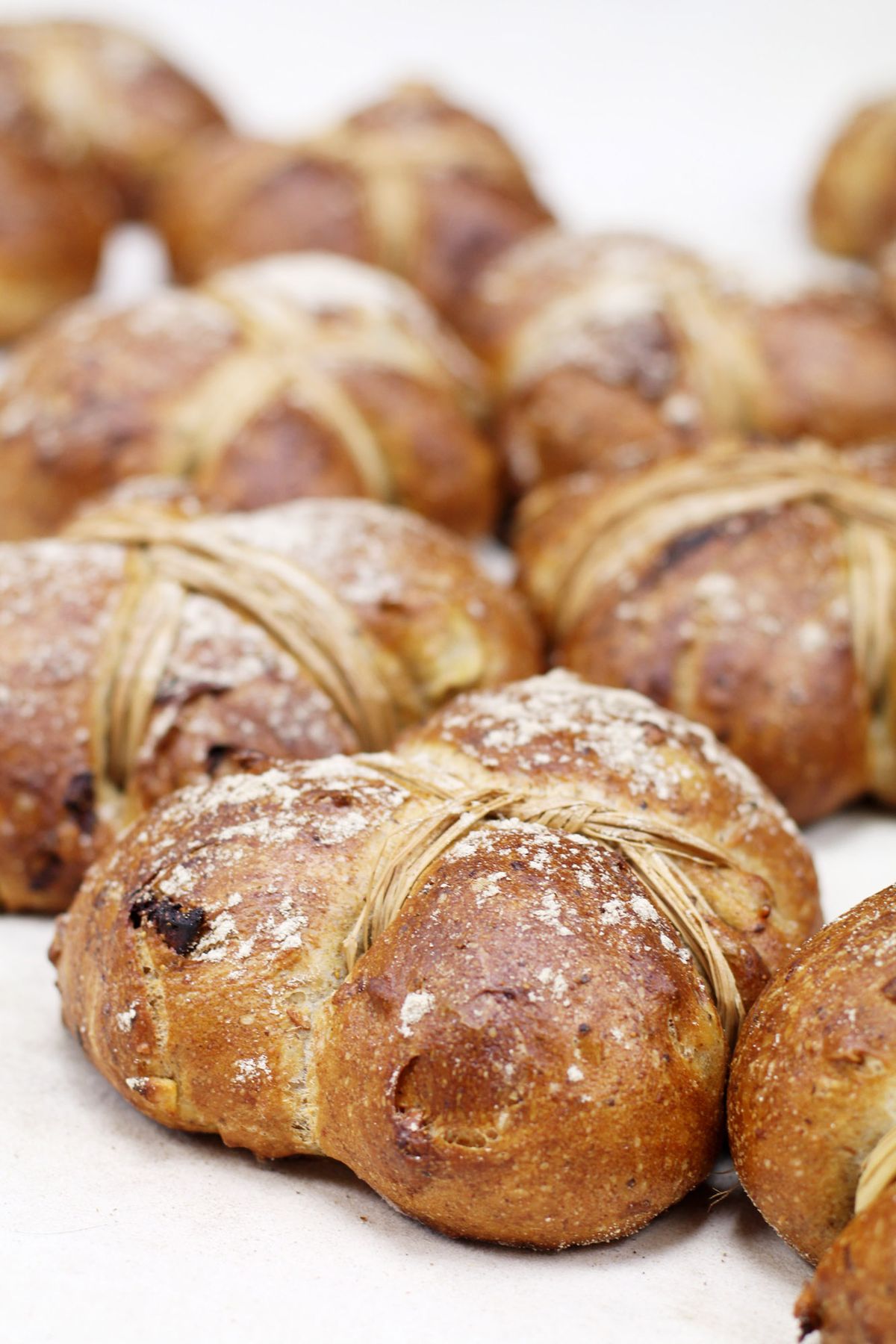Adjusting to gluten-free diet has been challenging, expensive – and rewarding

In April of 2019, my doctor called and told me I had celiac disease. I will spare you the details of the digestive distress that was an almost daily companion for the 10 years leading up to this call, digestive distress that followed me on planes, into cars, on bike rides and through my horseback riding career.
I hung up on people, ran out of dinner parties, rattled the doors of locked construction site porta potties and contemplated developing a bathroom finder app. I always carried toilet paper and wipes in my car. There I was in my early 50s faced with having to go completely gluten-free.
The truth is I had been on many exclusion diets, but channeling a long line of strong, independent, pickled-herring-eating, stubborn Danish foremothers, I had resisted going gluten-free. I did not want to be one of “those people” with their endless menu questions, separate toasters and special, highfalutin snack section at the store.
But my mom has celiac disease, so the diagnosis was hardly a surprise to my doctor. Celiac is not an allergy but an autoimmune disorder, so even the tiniest amount of gluten can send me running for the bathroom. Like a crumb of toast left in the butter dish. Or a sprinkle of flour in the gravy.
I can’t build up a tolerance for gluten, as some have not so helpfully suggested. I just have to live with it. And I always know if I’ve been “glutened.” Interestingly, as you get better at avoiding gluten and your insides heal, you get more sensitive to gluten. This might seem counterintuitive, but you also likely get more sensitive to caffeine and alcohol.
In my case, this was the real disaster: My boyfriend makes the best pasta dishes. The. Best. And he bakes delicious crusty sourdough bread. For a second, I thought our relationship would end. I mean, what’s really left if you can’t gorge on homemade Cacio e Pepe together?
I began reading labels like other people read the Bible. I looked up long lists of odd ingredients such as “natural flavors” and “maltodextrin” – the first is not safe for celiacs, the second is. I discovered gluten in surprising places like soy sauce, rice cereal and ice cream. I had to give up on fast food fries because they are cooked in the same oil as breaded fish and chicken.
Shopping for groceries left me feeling flummoxed. Favorite meals were abandoned as diet staples like canned chili and soup failed the gluten test. I tried different types of truly horrific gluten-free bread, most of which sat in my stomach like bricks.
Many gluten-free crackers tasted like a combo of Styrofoam and the cardboard box that held the crackers. I was not happy. I had nightmares in which I ate butter cookie after butter cookie, only to startle awake in a cold sweat.
I’ve been a home baker for as long as I can recall, so I soon began researching bread recipes. Even with my relatively solid baking skills, it was all so very confusing. I mean, does anyone know what Teff is or what it looks like? Or hemp hearts?
And when was the last time you used Metamucil in a loaf of bread? I bet that time was never. I’m not easily deterred, so about a year ago, I baked my first loaf of gluten-free, white sandwich bread. Not only was it fabulous, it also wasn’t difficult to make.
I then began to stock up on odd gluten-free flours like buckwheat, quinoa and chia. Gluten-free baking is an expensive hobby, but the result is so much better than anything you can buy. And when you divide the cost out on the number of loaves you can make after each $60 trip to the store, it becomes less financially daunting.
Gluten-free baking tips
Forget everything you know about baking wheat and yeast bread – the gluten-free process is completely different, especially in the recipes that use psyllium husk (aka Metamucil).
Store your gluten-free flours in a cupboard separate from ordinary flours.
If you are on a limited diet because of allergies or other digestive issues, be careful to only introduce one new flour or grain at a time.
Use separate loaf pans to eliminate the risk of cross-contamination, or cover multiuse pans carefully with baking parchment before you use them.
Clean countertops and stand mixers very carefully if you share a kitchen with gluten eaters.
You may want to invest in a baking scale.
And the first time you make a recipe, do not switch out any of the grains or seeds. As you get the hang of gluten-free baking and become familiar with the gallery of ingredients, it becomes easier to substitute.